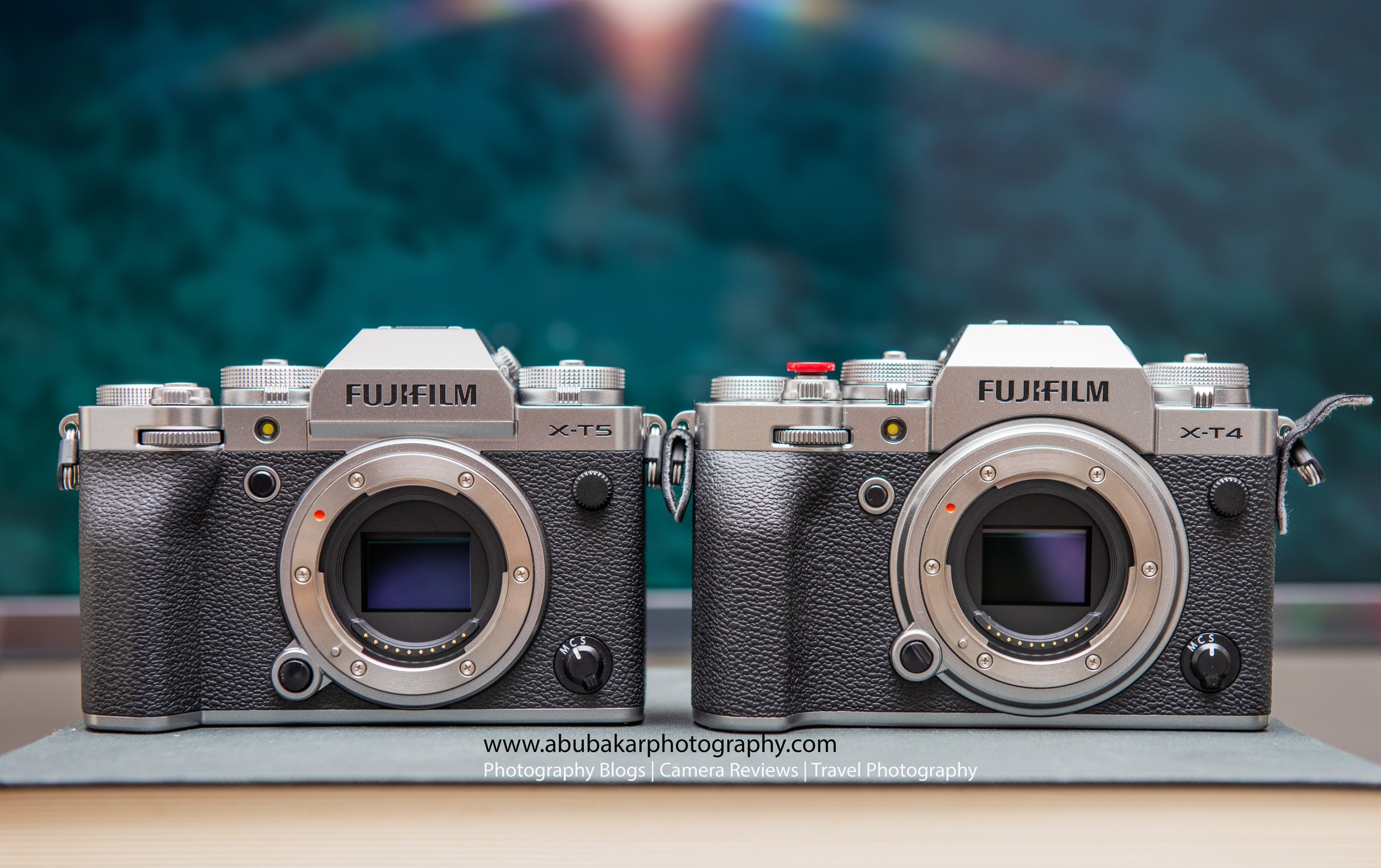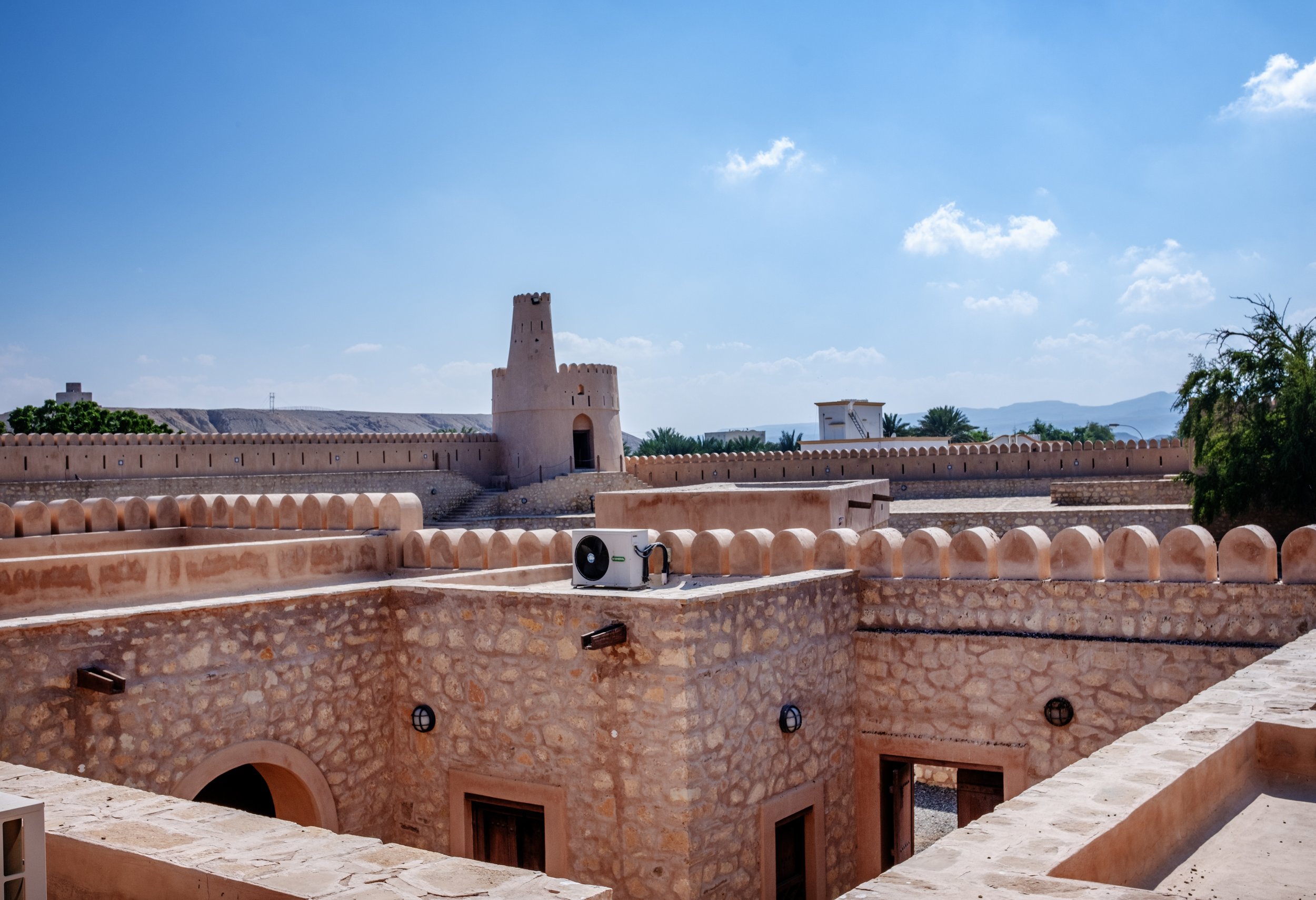Fujifilm X-T4 Vs X-T5 | Should You Upgrade?
Unveiling the Distinctions between Fujfilm X-T4 & X-T5. Learn if you should upgrade to X-T5.
Introduction
Fujifilm has been a key player in the mirrorless camera market, and the world of photography is continually expanding. They have received widespread acclaim for their X-T series' revolutionary features and great image quality. The Fujifilm X-T4 and X-T5 are two widely anticipated devices in this series. This article delves into the key distinctions between these two cameras, putting light on the innovations and improvements that distinguish them.
“Special thanks ot my dear friend Salman Ahmad for lending me his X-T5 camera as well as some of his photos. Without him, this blog post wouldnt be possible”
Sensor and Image Quality:
A critical component that has a direct impact on image quality is the sensor. The X-T4 is equipped with a 26.1-megapixel X-Trans CMOS 4 sensor, which is known for its excellent image quality, dynamic range, and low-light performance. The X-T5, on the other hand, has a higher-resolution 40.2-megapixel X-Trans CMOS 5 HR sensor. This resolution boost offers for more detail and versatility in post-processing.
I have noticed good and improved details in X-T5 images, but that doesnt mean X-T4 is crappy when it comes to high quality photos. It still provides excellent photos compare to many crop sensor cameras.
ISO Sensitivity:
The X-T4 has a native sensitivity range of ISO 160 to ISO 12,800, which can be increased to ISO 80 and up to ISO 51,200. The new X-T5 sports a slightly reduced ISO 125 base sensitivity that can be increased to ISO 64 and up to ISO 51,200.
Video Capabilities:
For many photographers, video skills are becoming increasingly vital. The introduction of excellent video features in the X-T4 transformed Fujifilm's X-series. For high-quality slow-motion film, it can capture 4K video at up to 60 frames per second (fps) and 1080p video at up to 240 fps. The X-T4 also has in-body image stabilization (IBIS) and supports F-Log recording, making it an excellent tool for videographers.
The X-T5 builds on the success of the X-T4 by enhancing video capabilities. It can record 6K video at 30 frames per second, giving breathtaking detail and future-proofing your recordings. Furthermore, the X-T5 includes sophisticated video codecs, such as H.265/HEVC, for enhanced compression and smaller file sizes. These improvements make the X-T5 an appealing option for videographers who value cutting-edge technology.
Don’t forget, for both X-T4 and X-T5, video capability wasn’t the selling point, because there are better and reliable options in the market for same value, especially when it comes to AF etc.
Autofocus & Tracking:
The X-T4 and X-T5 both include Fujifilm's highly praised autofocus (AF) system, but their capabilities differ significantly. The AF system of the X-T4 is remarkable, with 425 phase-detection autofocus (PDAF) points spanning nearly the whole frame. It also has improved Eye AF, which is very handy for portrait shooting. Furthermore, the X-T4 has sophisticated subject tracking, which ensures accurate focus even on moving subjects.
The X-T5 includes an upgraded AF system with 525 PDAF points, providing even higher coverage and precision. This improvement enables greater subject tracking and increased accuracy, even in difficult shooting settings. The AF system on the X-T5 is intended to meet the needs of professional photographers who require superior autofocus performance.
Pixel Shift:
The X-T5 is the first X-T series Fuji camera to include the exclusive Pixel Shift Multi-Shot mode, which offers 160 megapixel photographs for the best quality when every detail counts.
The Pixel Shift Multi-Shot mode, previously exclusively available on the company's GFX-branded medium-format cameras and the recently released X-H2, records 20 frames while shifting the sensor by 0.5 pixels between each frame. The resulting photographs are automatically combined into a single DNG RAW file, which may then be converted to the desired file format using RAW processing software.
This feature is not available in the X-T4 camera.
Burst Shooting Speed & Buffer:
Burst shooting speed and buffer capacity are critical aspects to consider when recording fast-paced action or brief moments. With a 1.25x crop, the X-T4 can shoot at up to 15 frames per second (fps) with the mechanical shutter and up to 21 fps using the electronic shutter.
In comparison, the X-T5 has almost similar burst shooting speed of up to 15 fps with the mechanical shutter and up to 13 fps with the electronic shutter without cropping.
Design & Ergonomics:
The X-T4 and X-T5 both have the trademark Fujifilm retro-inspired design, which ensures a classic and elegant appearance. However, there are some minor ergonomic differences between them. The grip on the X-T5 is broader and more comfortable, delivering a secure and ergonomic feel during long shooting sessions. Furthermore, the X-T5 features a vari-angle LCD screen, which allows for greater freedom in creating images from various perspectives.
Battery Life:
Despite employing the same NP-W235 batteries as the X-T4, Fujifilm claims that the X-T5 has a battery life of 740 shots in economy mode, which is 20% longer than the X-T4. Both cameras can also be powered and charged via a USB-C connection, which is great if you're on the go and have a suitable power bank nearby.
Price:
The new Fujifilm X-T5 body-only costs £1700 / $1800 in the UK and the US. When it was first released two years ago, the Fujifilm X-T4 was priced at £1550 / $1700 for the body only, a price that it still demands today.
These days on online stores, both cameras are available on similar price of USD1700.
Sample Photos from Fujifilm X-T4
Sample Photos: Fujifilm X-T5
Conclusion:
The Fujifilm X-T4 and X-T5 are two outstanding mirrorless cameras, each with its own set of strengths and advantages. The X-T4 stands out for its well-rounded performance, superb image quality, and flexible video capabilities, making it a capable all-rounder. The X-T5, on the other hand, pushes the envelope even farther, with a higher-resolution sensor, better video functions, improved autofocus, and exceptional burst shooting speeds, making it an intriguing choice for pros and enthusiasts looking for the newest advances.
Finally, the decision between the X-T4 and X-T5 comes down to personal preferences, priorities, and budget. Both cameras provide excellent image quality, build quality, and a wide selection of compatible lenses. Whether you value resolution, video capabilities, or autofocus performance, the X-T4 and X-T5 have the potential to satisfy even the most demanding photographers and videographers.
Plainly speaking, Fujifilm X-T5 is ideal for street or perhaps for events and wedding photographers, because they carry the fear of losing the shot in a mili second or look for something handy. So, if you are not one of them and already owns an X-T4, you are good. Don’t change. But, if you are planning to purchase one (either X-T4 or X-T5), go for X-T5 because of raw dynamic range, subject specific AF mode, lesser weight, pixel shift, good battery life and great image quality.
Let me know what do you think :)









